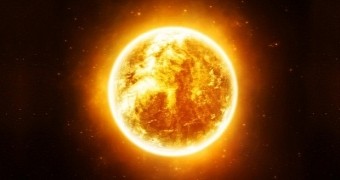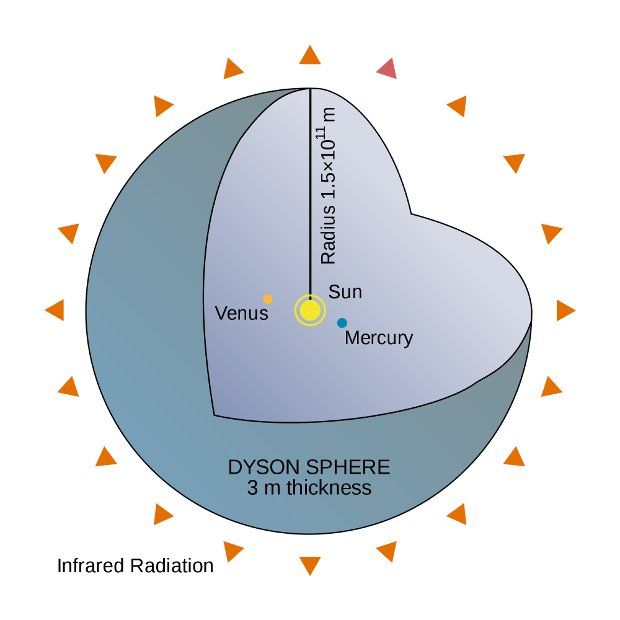NASA's Kepler mission was launched to search for planets that could host life, intelligent or otherwise. Orbiting Earth since March 2007, the Kepler space telescope has so far helped pin down over 1,000 previously undocumented planets in our home galaxy, the Milky Way.
Interestingly, the telescope has also discovered what astronomers say could very well be the absolute weirdest star in the known universe. The fiery orb, dubbed KIC 8462852, is located at a distance of about 1,480 light-years from our planet. Kepler first spotted it back in 2009 and scientists have been monitoring it ever since.
They say that, for some reason, this distant orb doesn't always shine as bright. On the contrary, there are notable and quite peculiar fluctuations in the light it emits. These fluctuations that Kepler detected are so strange scientists claim they've never seen anything quite like this.
“Over the duration of the Kepler mission, KIC 8462852 was observed to undergo irregularly shaped, aperiodic dips in flux down to below the 20% level. The dipping activity can last for between 5 and 80 days,” astronomers explain the star's odd behavior in a recent paper.
When in doubt, blame aliens
We don't yet have definite proof of alien civilizations, but this doesn't mean we can't blame green, big-eyed creatures for the universe's occasional displays of quirkiness. For instance, there's talk that the reason KIC 8462852 behaves the way it does is because aliens keep flicking it on and off.
Well, to be more precise, conspiracy theorists think that maybe the star doesn't always shine as bright because there's this gargantuan sphere built by aliens surrounding it and darkening it every now and again. It all sounds a bit spooky, doesn't it?
Such a sphere designed to encompass a star and suck nearly all its power was first described in a 1937 novel by Olaf Stapledon. Then, the concept was widely discussed by mathematician and theoretical physicist Freeman John Dyson, which is why such megastructures are now called Dyson spheres.
Of course, nobody has actually built one. A sphere big enough to swallow a star - now that's an invention a mad scientist would have serious trouble keeping hidden from the rest of the world. Then again, maybe aliens are masters of this technology.
A more reasonable explanation
KIC 8462852 is one weird star, this much is beyond question. However, if the alien sphere hypothesis doesn't quite make sense to you, here's what scientists think is actually going on: the celestial body is orbited by an army of comets that, as they circle it, dim its light.
More precisely, researchers think that what's causing the light fluctuations documented by Kepler is comets getting too close to the orb and being pulverized. Such events would create massive amounts of dust and debris that might explain the glitches in luminosity.
“By considering the observational constraints on dust clumps orbiting a normal main-sequence star, we conclude that the scenario most consistent with the data in hand is the passage of a family of exocomet [an exocomet is a comet outside our Solar System] fragments, all of which are associated with a single previous breakup event.”

 14 DAY TRIAL //
14 DAY TRIAL // 

